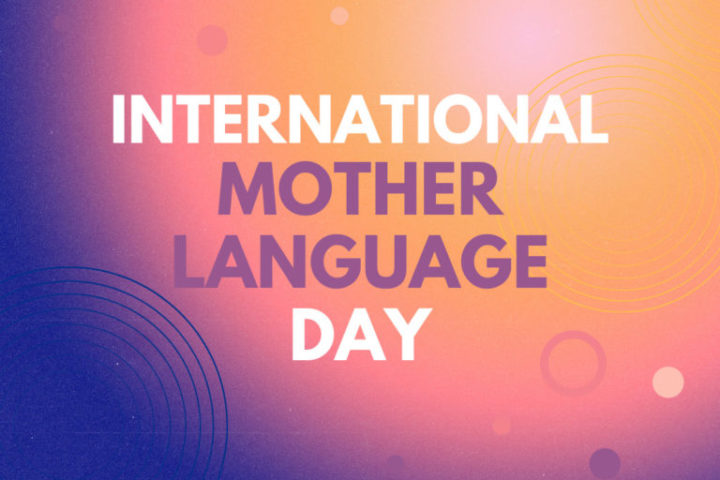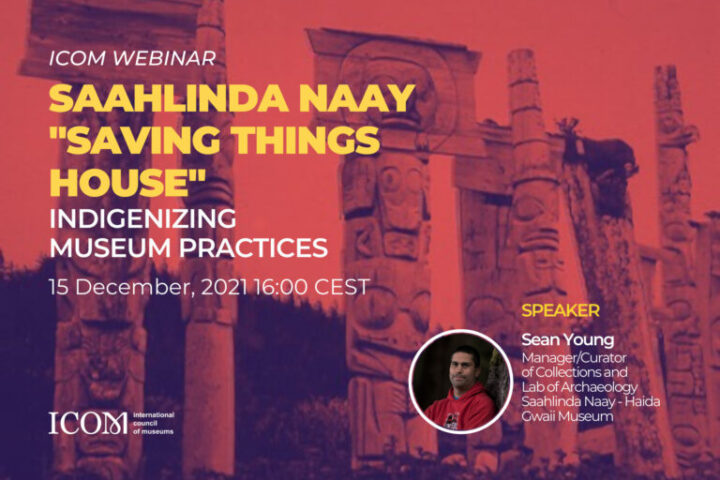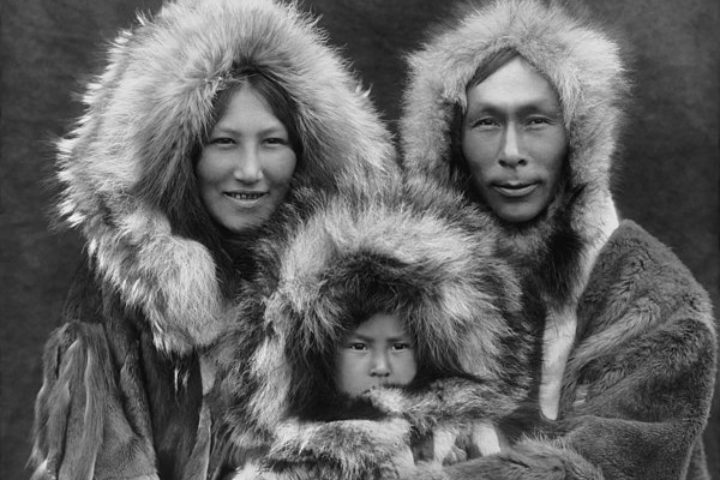In 2022, on International Mother Language Day, ICOM highlighted the role of museums in promoting cultural and linguistic diversity for sustainable societies.
As repositories of the worlds’ tangible and intangible heritage, museums play a role in supporting communities looking to reclaim, maintain or preserve their languages. Museums are also spaces that foster formal and informal education and cross-cultural exchange, and they hold collections that can form the basis of language preservation, learning, research and revitalisation, making them ideal sites and civil society partners in language learning.
To highlight the connections between Indigenous languages and living heritage, we shared the playlist compiled by the Endangered Languages Project (ELP), featuring music by Indigenous artists and in Indigenous languages. This playlist was created for the ELP Festival of Indigenous Languages to celebrate the creativity, innovation, and achievements of artists making music in their Indigenous and endangered languages. The focus is on contemporary global genres such as hip-hop, rock, pop, heavy metal, etc., but the playlist also includes tracks in more traditional styles. These songs are a testament to how music can be a powerful tool for language revitalisation – and also make language reclamation fun!
Listen to it on Spotify and YouTube.
2022 also marked the beginning of the International Decade of Indigenous Languages (IDIL) – a decade for action devoted to the revitalization, maintenance and preservation of Indigenous languages all over the world.
The International Decade of Indigenous Languages was created by the UN in response to the urgent need to address language loss and to call on all levels of society to mobilize in favour of endangered languages. Its activities are coordinated by UNESCO, with the help of a Global Task Force composed of member states and representatives of Indigenous peoples from all regions of the world. As an international mechanism for action, IDIL seeks to create the conditions for all levels of civil society to dedicate resources and support to securing a sustainable future for Indigenous peoples and their languages. For more information on the International Decade of Indigenous Languages, check out UNESCO’s Global Action Plan and dedicated website.
About the Endangered Languages Project
Of the more than 7,000 languages on earth today, nearly half are at risk of falling silent. But there is hope: people around the world are working hard to keep their languages strong. The Endangered Languages Project (ELP) is a collaborative online initiative, designed to promote and facilitate the documentation and (re)vitalization of at-risk languages around the world. We bring together language champions, linguistic scholars, and the public to celebrate, strengthen, and share knowledge about the world’s Indigenous and endangered languages.
Through free learning materials, online trainings, educational events, and a supportive online community of language champions and allies, ELP supports the people doing the crucial work to document and revitalize languages. Visit their website and social media channels (Facebook, Twitter, Instagram) to stay informed about what’s happening in the world of Indigenous and endangered languages!


